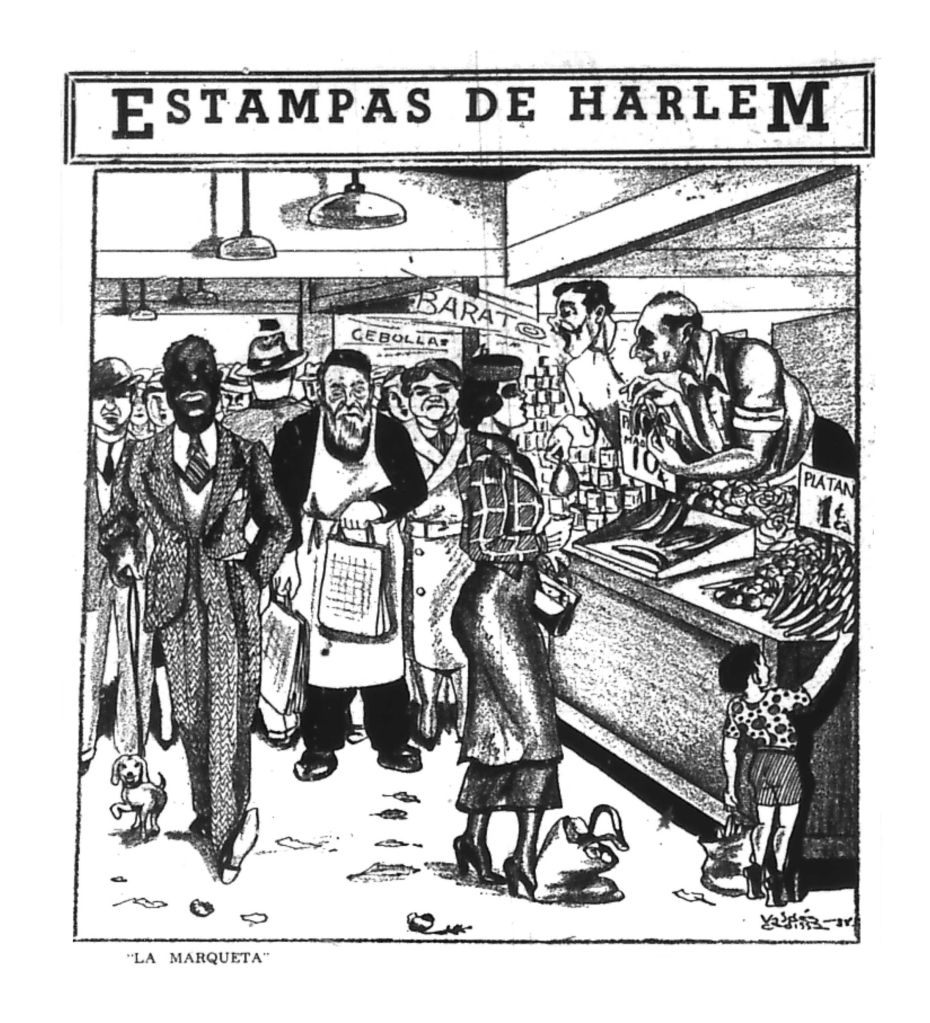By Michelle Garcia
While some decide to express their love for one another through a warm embrace, others take on more unconventional avenues by showing their affection through different artistic mediums. As a fellow creative, I have personally embarked on numerous passion projects dedicated to loved ones from my past and present. Through these endeavors, my intention was not only to capture their essence but also to radiate the overwhelming love I felt for them. During my summer internship, I had the opportunity to work with archival documents from the League of United Latin American Citizens (LULAC) National Council. Examining and documenting the following items within the collection has deeply impacted me, as it allowed me to not only explore LULAC’s rich history,but also bear witness to historic collective action. Reframing this archival collection as a theoretical “love letter,” therefore, allowed me to understand social justice as a form of love for community.
The items from the LULAC National Collection that I discuss below may not fit the mold of a traditional love letter, but they carry a similar purpose: to acknowledge and appreciate those who have dedicated their efforts to building a better and brighter future. Love letters do not have to be exclusively for those physically close to us. Love transcends possession and can function as a way to bring people together..
Established in 1929, LULAC is the oldest and largest civil rights organization in the United States, dedicated to advancing Hispanic and Latino communities. In 1931, the organization launched an official newsletter covering social, political, and cultural events and issues affecting the Mexican-American community in the US Southwest and throughout the United States.
According to a profile article included in the 2007 issue of LULAC News, LULAC Member Eusebio “Chevo” Morales joined the organization in 1971 and served as an officer at the local, district, state and national level. Morales stated that being involved with LULAC started as a means to work with the community and provided him with the opportunity to establish so many friendships. Participating in the LULAC civil rights organization, he noted, was his proudest accomplishment. In addition to his dedication to LULAC, Morales mentioned his great love of music.

Four 7-inch vinyl records included in the LULAC National Collection reveal that Morales found a way to express his love for LULAC through his love language of music. These records include tracks such as “LULAC te felicito” and “Las gaviotas” by The Latin Souls, produced by Chevo Morales. While I could not find the lyrics online and I have yet to listen to the tracks, it was heartwarming to witness what I consider to be an unconventional love letter to the civil rights organization. While the production of the tribute music does not explicitly convey love towards LULAC, I read the mere existence of these records as an indicator of affection.
Another remarkable discovery within the LULAC National Collection is ¡Ya Mero!, a United Farmworkers Union newspaper published in McAllen, Texas. This particular issue was published on March 28, 1970. Inside the newspaper, and pictured below, is a segment dedicated to honoring history titled “Recuerdos de la historia,” which includes an engraving by Mexican artist, Fernando Castro.

The image highlights Felipe Carrillo Puerto, a Mexican journalist, politician, and revolutionary recognized for his significant role in reconciling the Yucatec Maya with the Mexican government following the Caste War (known as the “Guerra de castas” in Spanish). Additionally, he served as the governor of the Mexican state of Yucatán from 1922 to 1924. Puerto was a socialist who favored land reform, women’s suffrage, and rights for the Indigenous Maya people. The image caption describes Puerto as “ el líder socialista del sureste. Consagró los mejores años de su vida a la lucha en favor del proletariado y de los campesinos de la península” [“the socialist leader of the southeast. He devoted the best years of his life to the struggle in favor of the proletariat and the peasants of the peninsula”]1. Castro’s painting can also be interpreted as an unconventional love letter that showcases his admiration of Puerto’s efforts of leading a fight towards a better future for the community, one focused on the importance of education and labor unions.
In conclusion, I interpret these items as testaments to the love and admiration bestowed upon those who have tirelessly strived for progress. The collection contains audio, visual, and tactile representations of the commitment and sacrifices made by individuals who dedicated their lives to uplifting the Latino community. Through the art of photography, music, literature, and other creative outlets, these expressions tell stories of resilience, pride, and cultural heritage. They serve as reminders that love can be conveyed in myriad ways, transcending language barriers and embracing diverse forms of artistic expression.
Works cited
“LULAC Newsletters 1931 – 2022.” LULAC NEWSLETTERS 1931 – 2022, www.lulacnewsletters.com. Accessed 30 June 2023.
LULAC News, 2007, www.lulacnewsletters.com/uploads/7/3/0/0/73006281/2007-__june.pdf.
“Ya Mero!” Ya Mero!, vol. 1, no. 8, Mar. 1970. JSTOR, jstor.org/stable/community.28456772. Accessed 30 June 2023.
Michelle Garcia was born and raised in Houston, Texas. She served as an Alexandra L. Rowan Memorial Foundation English Writing intern at Arte Público Press/Recovering the US Hispanic Literary Heritage during the summer of 2023. She is currently studying English at the University of Houston with a double minor in Mexican American studies and Women’s, Gender & Sexuality Studies as a first-generation student. She is the Upper Editor at the undergraduate literary magazine, Glass Mountain, and the second youngest child of two Mexican immigrants. She has a passion for reading Latinx Literature and writing Chicana feminist poetry and hopes to become more involved within both genres in her career by pursuing an MFA/PhD program.
- Translations are my own. ↩︎



























